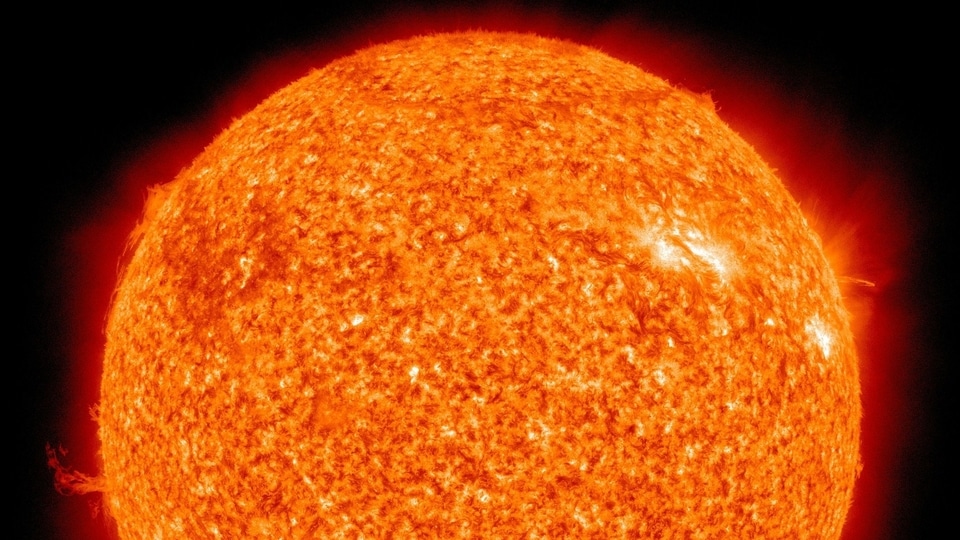BEWARE! A deadly solar storm is coming towards Earth; NOAA confirms it will hit
NOAA prediction models have confirmed that the fast-moving CME from yesterday’s solar flare eruption will strike the Earth. Know how deadly the incoming solar storm can be.






 View all Images
View all ImagesYesterday, it was reported that a long-duration solar flare eruption in the unstable sunspot region of AR3363 released a fast-moving coronal mass ejection (CME), that was found to be very intense. However, it was hard to determine whether it will hit the Earth or not. Today, the National Oceanic and Atmospheric Administration (NOAA) prediction models have confirmed that the CME will deliver a glancing blow to the Earth tomorrow, July 19. However, it cannot be stated just how devastating the resultant solar storm could be.
According to a SpaceWeather.com report, “NOAA models confirm that a CME will graze Earth's magnetic field on July 20th. It came from yesterday's potent M6-class eruption in the magnetic canopy of sunspot AR3363”. The report further added that there is a possibility that the geomagnetic storm can reach G3-class intensity. This could be one of the strongest storms of the year so far.
Solar storm expected to strike the Earth tomorrow
In April, the Earth was hit by a G3-class geomagnetic storm which not only delayed a SpaceX rocket launch but also forced oil rigs in Canada to stop operations due to an increase in static electricity in the environment. This is what can happen again tomorrow if a similar solar storm strikes. However, things can be even worse.
Storms like these can do more damage than usual. They can damage small satellites, impact mobile networks, and GPS, and even pose a threat to ground-based electronics and power grids by increasing the magnetic potential by huge amounts.
The aurora effect can also be seen much further south than normal. It is not unusual to see aurora displays as far south as Oregon and Nebraska in the US.
Right now, we can only wait till tomorrow to find out if the CME does make contact and the kind of intensity it brings along with it.
Know the GOES-16 satellite
GOES-16, formerly known as GOES-R before reaching geostationary orbit, is the first of the GOES-R series of Geostationary Operational Environmental Satellites operated by NASA and NOAA. It was launched on November 19, 2016, and became operational on December 18, 2017. GOES-16 is located in geostationary orbit over the Atlantic Ocean and provides continuous imagery and atmospheric measurements of Earth's Western Hemisphere. It also carries a lightning mapper, which can detect both cloud-to-cloud and cloud-to-ground lightning. GOES-16 is a vital tool for weather forecasting, climate monitoring, and space weather prediction.
Catch all the Latest Tech News, Mobile News, Laptop News, Gaming news, Wearables News , How To News, also keep up with us on Whatsapp channel,Twitter, Facebook, Google News, and Instagram. For our latest videos, subscribe to our YouTube channel.































